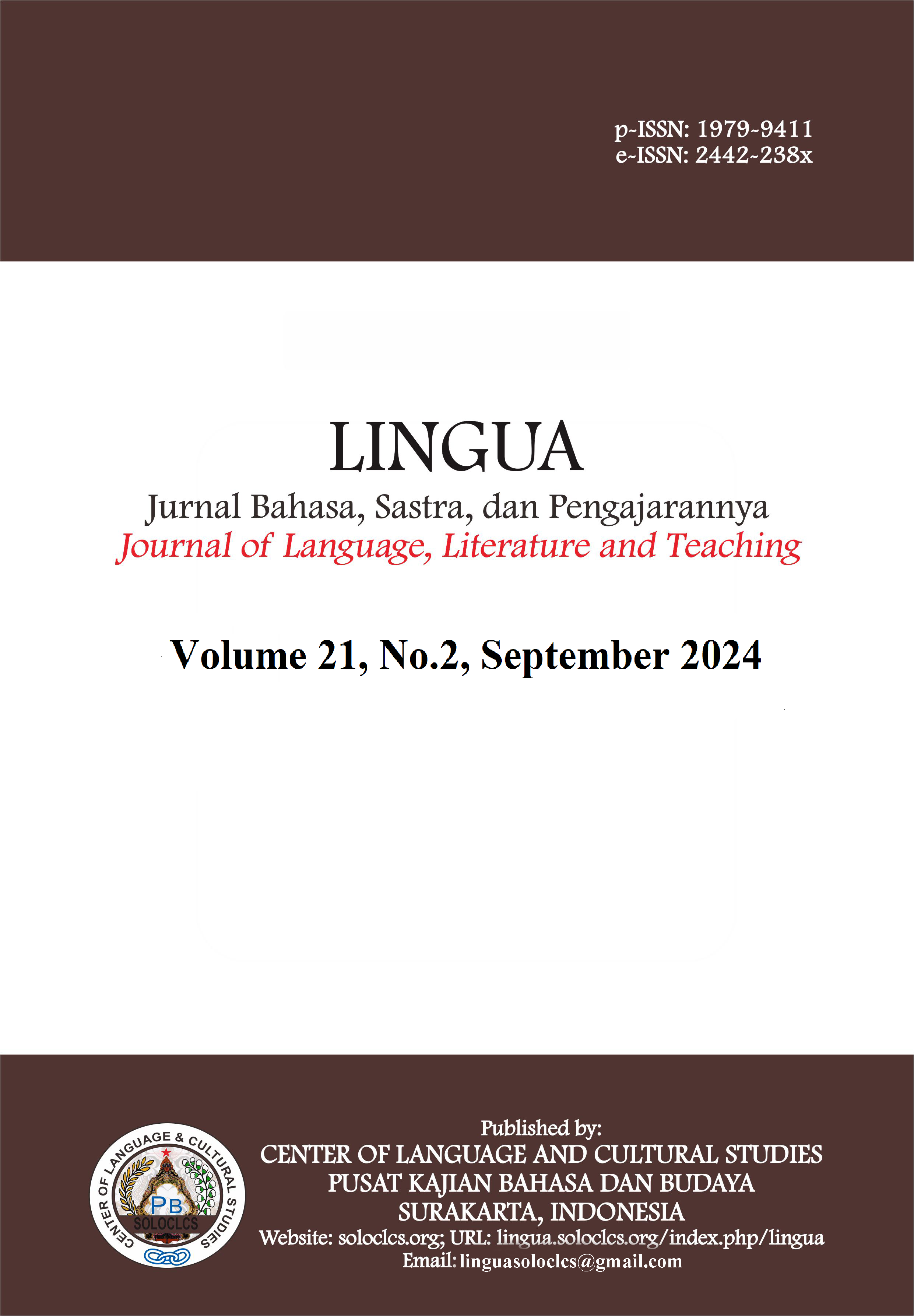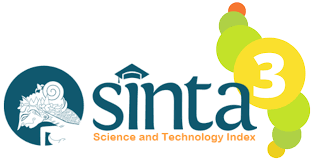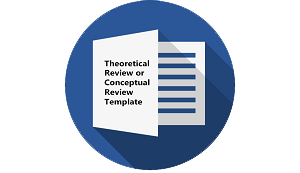Critical Discourse Analysis of the Narrative of Women's Emancipation in Arab Patrialkal Culture
DOI:
https://doi.org/10.30957/lingua.v21i2.1039Keywords:
Emancipation, Politics, Sara MillsAbstract
The difference in rights and freedoms between women and men is a form of injustice or discrimination, as happened in Arab society. This was formed due to cultural factors and ancient thinking of the community, which was able to hinder the progress or emancipation of women until now. The injustice is in the form of women's limitations in family and political law. From these problems, the majority of women and activists who support women, try to increase emancipation and fight for women's rights again. From this statement, the researcher aims to reveal the intention of a news article entitled سؤال تحرر المرأة المُتَجَدِّد by Kamal Abdullatif on the online magazine website Al-Arabi. The analysis was carried out using a descriptive qualitative method with a read-note data collection technique. Meanwhile, the approach used in this study is Sara Mills' critical discourse analysis, which provides an understanding of the position of the subjects and the involvement of the reader in the discourse. The results of the analysis show that there is an interest from the author of the article, Kamal Abdullatif, to invite readers to participate in supporting women's emancipation. This research is expected to be the basis for further research to examine similar objects and issues more deeply, so that it can enrich the discourse and strengthen efforts in upholding gender equality.
Downloads
References
rumah tangga studi terhadap pemartikelan media kumparan. Jurnal Dakwah Dan Komunikasi, 4(2), 101-120.
Andriana, M., & Manaf, N. A. (2022). Analisis Wacana Kritis Sara Mills dalam Novel Berkisar
Merah Karya Ahmad Tohari. Deiksis, 14(1), 73-80.
Annistri, A., & Sugandi, M. S. (2019). Analisis Wacana Kritis Sara Mills dalam Video Klip
Musik Despacito Karya Luis Fonsi. Dialektika, 6(1), 14-20.
Astuti, P., Mulawarman, W. G., & Rokhmansyah, A. (2018). Ketidakadilan gender terhadap
tokoh perempuan dalam novel Genduk karya Sundari Mardjuki: Kajian kritik sastra feminisme. Ilmu Budaya: Jurnal Bahasa, Sastra, Seni, dan Budaya, 2(2), 105-114.
Azizah, M., & Marwantika, A. I. (2022, October). CITRA PEREMPUAN SHOLEHAH
DALAM NOVEL AYAT-AYAT LANGIT: ANALISIS WACANA KRITIS SARA MILLS. In Proceeding of Conference on Strengthening Islamic Studies in The Digital Era (Vol. 2, No. 1, pp. 532-546).
Barre, A., Dankelman, I., Stock, A., Blomstrom, E., & Burns, B. (2018). From Marrakesh to Marrakesh: The rise of gender equality in the global climate governance and climate action. In Routledge Handbook of Human Rights and Climate Governance. https://doi.org/10.4324/9781315312576
Bora, A. (2020). Gender Discrimination: Exclusion or Bringing into Line? | TOPLUMSAL CİNSİYET AÇISINDAN AYRIMCILIK: KADINLARIN DIŞLANMALARI MI HİZAYA SOKULMALARI MI? Community and Physician, 35(2), 109–110.
Davis, L. S., & Williamson, C. R. (2019). Does individualism promote gender equality? World Development, 123. https://doi.org/10.1016/j.worlddev.2019.104627
Day, K. (2021). Feminist approaches to urban design. In Public Space Reader. https://doi.org/10.4324/9781351202558-12
Dewi, R. (2020). Kedudukan perempuan dalam islam dan problem ketidakadilan gender.
Noura: Jurnal Kajian Gender Dan Anak, 4(1).
Dodds, S. (2012). Sex Equality. In Encyclopedia of Applied Ethics: Volume 1-4, Second Edition (Vols. 1–4). https://doi.org/10.1016/B978-0-12-373932-2.00295-7
Isha, A., & Raheja, G. (2023). Examining Inclusion of Women in Public Spaces: A Review of Tools and Methods. In Design for Sustainable Inclusion: CWUAAT 2023. https://doi.org/10.1007/978-3-031-28528-8_9
Jeffreys, S. (2013). Man’s dominion: The rise of religion and the eclipse of women’s rights. In Man’s Dominion: The Rise of Religion and the Eclipse of Women’s Rights. https://doi.org/10.4324/9780203802397
Lesmana, D., & Valentina, G. M. (2022). Perspektif Perempuan Dalam Film Mimi Melalui
Analisis Wacana Kritis Sara Mills. Communicology: Jurnal Ilmu Komunikasi, 10(1), 23 44.
Naik, A., & Padikkal, T. (2018). Impact of psychosocial paradigms on gender equality. Archives of Mental Health, 19(2), 90–94. https://doi.org/10.4103/AMH.AMH_22_18
Ningsih, W. (2018). Nilai-Nilai Edukasi Islam dalam Novel" Pudarnya Pesona
Cleopatra"(Analisis Wacana Kritis Model Sara Mills). Lingua Franca: Jurnal Bahasa, Sastra, Dan Pengajarannya, 2(2), 47-56.
Novitasari, M. (2019). Diskriminasi gender dalam produk budaya populer (analisis wacana
Sara Mills pada novel “Entrok”). SEMIOTIKA: Jurnal Komunikasi, 12(2).
Pampel, F. (2011). Cohort change, diffusion, and support for gender egalitarianism in cross-national perspective. Demographic Research, 25, 667–694. https://doi.org/10.4054/DemRes.2011.25.21
Putri, N. Q. H., Dianastiti, F. E., & Sumarlam, S. (2022). Narasi Korban Perkosaan pada
Pemartikelan di Media Daring RRI Samarinda: Analisis Wacana Kritis Model Sara Mills. Diglosia: Jurnal Kajian Bahasa, Sastra, dan Pengajarannya, 5(1), 1-12.
Schwartz, S. H., & Rubel-Lifschitz, T. (2009). Cross-National Variation in the Size of Sex Differences in Values: Effects of Gender Equality. Journal of Personality and Social Psychology, 97(1), 171–185. https://doi.org/10.1037/a0015546
Sumakud, V. P. J., & Septyana, V. (2020). ANALISIS PERJUANGAN PEREMPUAN DALAM MENOLAK BUDAYA PATRIARKI (Analisis Wacana Kritis–Sara Mills Pada Film “Marlina Si Pembunuh Dalam Empat Babak”). SEMIOTIKA: Jurnal Komunikasi, 14(1).
Sobari, T., & Faridah, L. (2016). Model sara mills dalam analisis wacana peran dan relasi
gender. Semantik, 5(1), 89-99.
Surahman, S., Senaharjanta, I. L., & Fendisa, S. (2022). Representasi Pergolakan Batin
Perempuan dalam Film Little Women (Analisis Wacana Kritis Sara Mills). Sense: Journal of Film and Television Studies, 5(1), 55-70.
Tanjung, Y., Mujahiddin, Khairani, L., & Saputra, S. (2021). Women’s Group Empowerment Practices: Knowledge Construction Study at The Liza Mangrove Studio in Pematang Johar Village. Review of International Geographical Education Online, 11(5), 2443–2454. https://doi.org/10.48047/rigeo.11.05.144
Tuğan, E. N., & Bilgin, K. U. (2021). Women’s career management to ensure public justice. In Century: Theories and Practices.
Uljannah, U. N. (2017). Gerakan perlawanan perempuan dalam novel: Analisis wacana kritis
Sara Mills Dalam Novel Maryam Karya Okky Madasari (Bachelor's thesis, UIN Syarif Hidayatullah Jakarta: Fakultas Dakwah dan Ilmu Komunikasi, 2017).
Widiyaningrum, W. (2021). Analisis wacana Sara Mills tentang kasus kekerasan seksual
terhadap perempuan. Gender Equality: International Journal of Child and Gender Studies, 7(1), 14-32.
Wirawanda, Y., Andreas, R., & Rahma, V. A. (2019). Bias Gender dalam artikel kasus vanessa
angel (analisis wacana kritis sara mills dalam detik. com). Channel Jurnal Komunikasi, 7(1), 13-18.
Wibowo, A., Suwarto, Winarno, Anantanyu, S., & Permatasari, P. (2022). Empowerment of Women Tea Pickers (A Case Study on Lawu Mountainside in Karanganyar Regency). IOP Conference Series: Earth and Environmental Science, 1114(1). https://doi.org/10.1088/1755-1315/1114/1/012100
Women’s economic empowerment: The OECD DAC network on gender equality. (2012). In Poverty Reduction and Pro-Poor Growth: The Role of Empowerment (Vol. 9789264168). https://doi.org/10.1787/9789264168350-6-en
Zamfir, K. (2018). Returning women to their place? Religious fundamentalism, gender bias and violence against women. Journal for the Study of Religions and Ideologies, 17(51), 3–20.
Downloads
Published
How to Cite
Issue
Section
License
Authors who publish with this journal agree to the following terms:
- Authors retain copyright and grant the journal right of first publication with the work simultaneously licensed under a Creative Commons Attribution-ShareAlike 4.0 International License that allows others to share the work with an acknowledgement of the work's authorship and initial publication in this journal.
- Authors are able to enter into separate, additional contractual arrangements for the non-exclusive distribution of the journal's published version of the work (e.g., post it to an institutional repository or publish it in a book), with an acknowledgement of its initial publication in this journal.
- Authors are permitted and encouraged to post their work online (e.g., in institutional repositories or on their website) prior to and during the submission process, as it can lead to productive exchanges, as well as earlier and greater citation of published work (See The Effect of Open Access).















